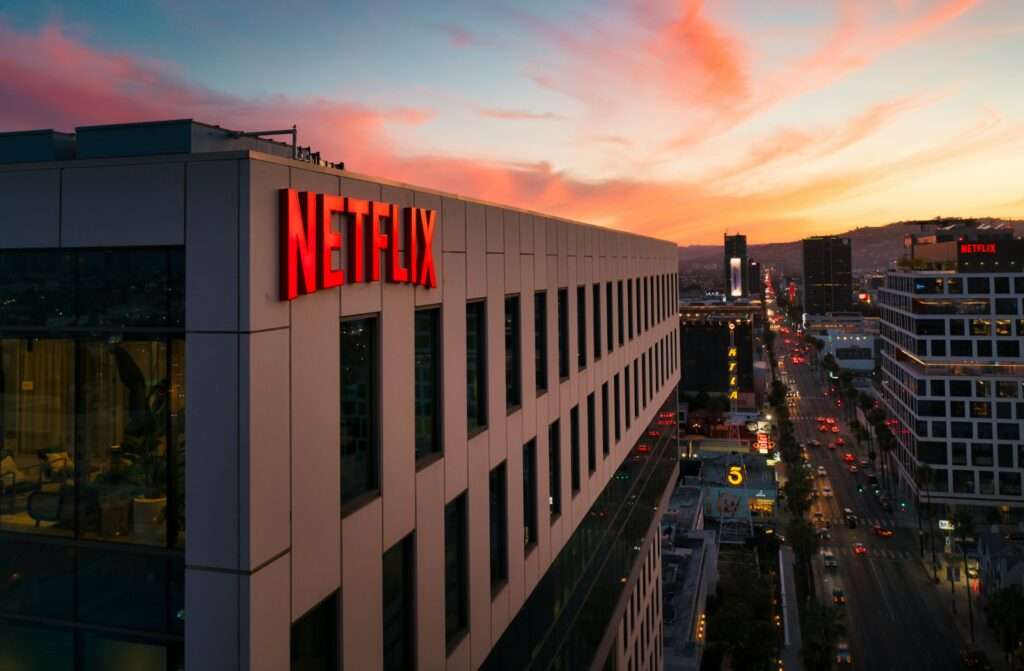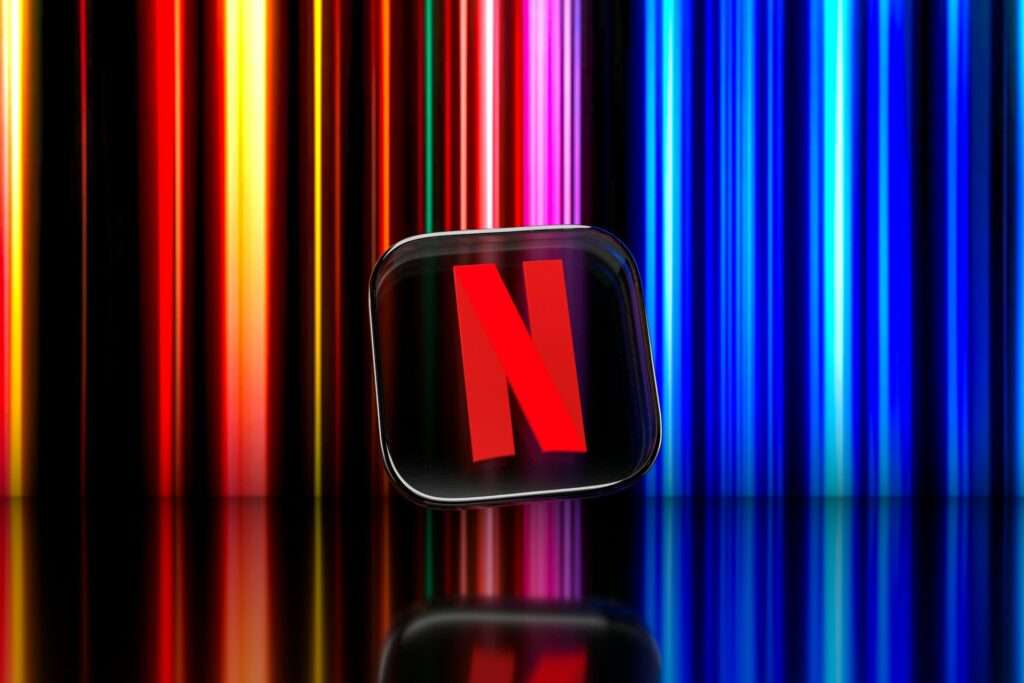Introduction: Few names have the same lasting impact on the constantly changing world of digital entertainment as Netflix. Netflix is well-known for its extensive content library and flawless viewing experience. A large part of its success can be attributed to its advanced online infrastructure. We go deeply into the nuances of the web technologies that support Netflix’s digital empire in this exhaustive investigation.
1. Content Delivery Network (CDN): The key to Netflix’s success in streaming is its intelligent use of Content Delivery Networks (CDNs). These complex networks of servers guarantee that users everywhere receive content quickly and effectively. Netflix ensures great speed even during peak usage hours thanks to its careful server placement strategy and relationship with top CDN providers.
2. Microservices Architecture: Netflix’s shift from a monolithic design to a microservices-based methodology has proven to be crucial in facilitating fault tolerance, scalability, and agility. Decomposing its applications into smaller, independently deployable services allows Netflix to innovate quickly, extend its infrastructure effortlessly to meet changing needs, and iterate quickly as well.

3. Cloud Infrastructure: Netflix’s operations are heavily dependent on cloud computing, specifically on Amazon Web Services (AWS). With the help of numerous AWS services, such as EC2, S3, and Lambda, Netflix is able to achieve unmatched scalability, dependability, and flexibility. Using orchestration tools like Kubernetes and containers improves Netflix’s capacity to smoothly manage its cloud infrastructure.
4. Big Data and Machine Learning: Netflix’s advanced machine learning and big data analytics powers its obsession with recommendation and personalisation. Netflix uses state-of-the-art frameworks and tools like Spark, TensorFlow, and Apache Hadoop to mine massive amounts of data and provide personalised content recommendations while optimising streaming quality.
5. Frontend Technologies: The user interface, which is supported by a variety of contemporary frontend technologies, serves as the entry point to the Netflix experience. Particularly noteworthy is React.js, which serves as the foundation for Netflix’s interactive and responsive user interface, allowing for smooth navigation and device-specific recommendations. Furthermore, Netflix guarantees a consistent experience across all platforms by adhering to the principles of Progressive Web Apps (PWA).
6. Continuous Integration and Deployment (CI/CD): Strong Continuous Integration/Deployment (CI/CD) pipelines from Netflix, which automate testing and code change deployment with unmatched efficiency, are a testament to the company’s dedication to innovation. Netflix encourages experimentation and iteration through the use of tools like Jenkins and Spinnaker, which speeds up the release of new features and platform improvements.

Conclusion: Upon dissecting Netflix’s online framework, we reveal a mosaic of inventiveness, creativity, and unwavering dedication to perfection. Netflix’s web stack is a monument to the ability of technology to shape the future of entertainment, from its advanced big data analytics and frontend technologies to its seamless content delivery and microservices architecture.
Netflix continues to push the limits of what’s possible with web technology, making it a beacon of innovation in a digital landscape characterised by constant evolution and fierce rivalry. One thing is clear as we look to the future: thanks to the unmatched sophistication of its online infrastructure, Netflix will continue to enthrall people everywhere.
References:
- Netflix Technology Blog
- AWS Case Study: Netflix
- Netflix Open Source: GitHub Repository
- Engineering Netflix’s Next Generation Continuous Delivery Platform
